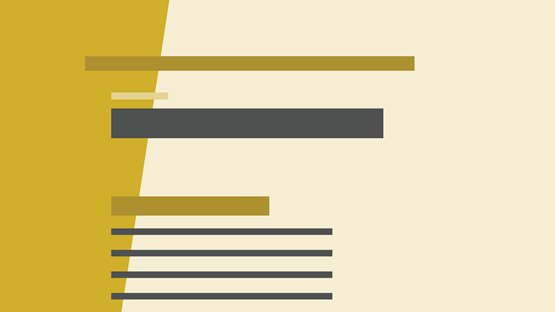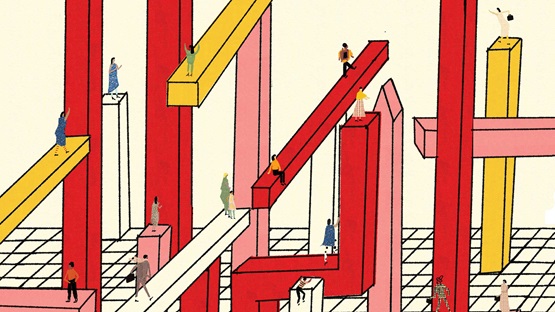Abstract
We conduct a systematic empirical study of cross-sectional inequality in the United States, integrating data from the Current Population Survey, the Panel Study of Income Dynamics, the Consumer Expenditure Survey, and the Survey of Consumer Finances. In order to understand how different dimensions of inequality are related via choices, markets, and institutions, we follow the mapping suggested by the household budget constraint from individual wages to individual earnings, to household earnings, to disposable income, and, ultimately, to consumption and wealth. We document a continuous and sizable increase in wage inequality over the sample period. Changes in the distribution of hours worked sharpen the rise in earnings inequality before 1982, but mitigate its increase thereafter. Taxes and transfers compress the level of income inequality, especially at the bottom of the distribution, but have little effect on the overall trend. Finally, access to financial markets has limited both the level and growth of consumption inequality.






